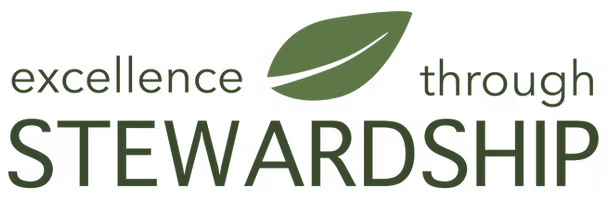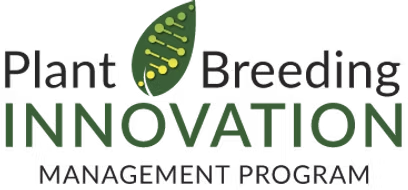WCIC is the first academic institution to obtain ETS and PBIMP certification!
Stewardship refers to the responsibility management and care of resources, ensuring they are used sustainably and ethically. It involves several key principles: Responsibility, Sustainability, Ethical Management, Accountability.

Excellence Through Stewardship (ETS) is a program offered by the Global Stewardship Group (https://www.gsg.ag/) that promotes the adoption of product stewardship programs and quality management systems for the full life cycle of agriculture biotechnology products.
To learn more about ETS and their regulations, please visit their website.

A global, voluntary, industry driven approach focusing on quality management systems (QMS), best management practices, transparency, and flexibility for new plant products developed using new plant breeding tools. Empowers the development, utilization, deployment, and adoption of plant products created through advanced breeding techniques, such as genome editing in agriculture.
To learn more about PBIMP and their regulations, please visit their website.
Permits for Transgenic Material
Visit APHIS/USDA for permit information for introduction of genetically engineered organism: https://efile.aphis.usda.gov/s
If it is your first time submitting a permit to ship seed from WCIC, please email your application draft for review prior to submission.
Here are some tips for filling out your permit:
- If planning to ship genetically modified seeds across state lines, use MOVEMENT TYPE = ‘Interstate Movement’
- If planning to ship genetically modified seeds and plant in a field, use MOVEMENT TYPE = ‘Interstate Movement and Release’
- Please list the WCIC as the ‘Organism Supplier or Developer’ as well as the ‘Point of Origin’
WCIC Shipping Address
Alvar Carlson, Associate Director
Wisconsin Crop Innovation Center
University of Wisconsin – Madison
8520 University Green
Dane County
Middleton, WI 53562
WCIC Contact Information
Alvar Carlson
Associate Director
arcarlson@wisc.edu
608-262-6900
- Selecting your Regulated Article/Organism:
| Dicots | Monocots |
|---|---|
| Glycine max (soybean) Cultivar: Williams82, IL3025N, perhaps another line (need to specify) | Zea mays (maize) Cultivar: LH244, perhaps another line (need to specify) |
| Vigna unguiculata (cowpea) Cultivar: IT86D-1010, perhaps another line (need to specify) | Sorghum bicolor (sorghum) Cultivar: Tx430, perhaps another line (need to specify) |
| Mode of transformation: Agrobacterium rhizogenes (disarmed) | Mode of Transformation: Agrobacterium tumefaciens (disarmed) |
- Means of Movement: ‘express carrier service with tracking (UPS, FedEx, DHL, etc.)’
- Material Type and Quantity: ‘5 Kilograms seeds’ (Seed quantity/weight)
- CONSTRUCTS: You need to include a description of the elements in EACH of your constructs.
- Please include in the ‘Construct Name’ the workplan number (WP-00XXXX) WCIC assigned to your construct.
- Please consult the vector map(s) and domestication document sent by Dr. Ray Collier if you are unsure about the elements in your construct(s). Please email us if you need additional support.
- Additional resources:
- If it is required to include a design protocol for shipping, here is the language we provide: “Seeds are placed in a paper envelope that is stapled shut. Envelopes are put into a sealed corrugated cardboard box that is then placed into a sealed plastic bag consisting of either 5 mil plastic, woven polypropylene, or Mylar material. This is then placed into a sturdy corrugated cardboard shipping container. Shock absorbing cushioning material is placed into the shipping container to prevent movement during shipping.”
- More information available at:
